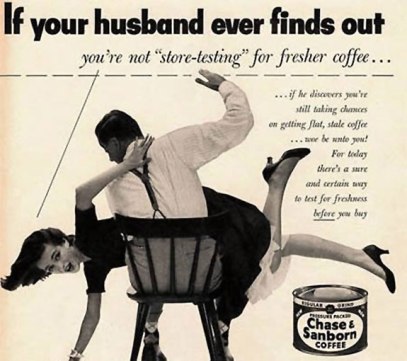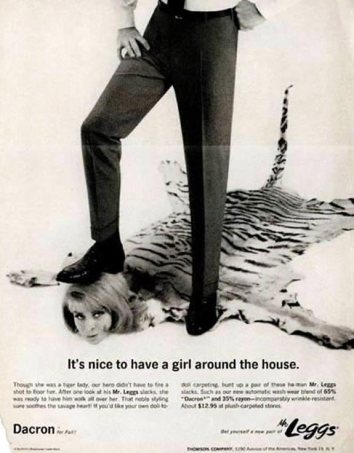Since entering the workforce, women have faced bitter backlash from attempting to crash through a patronizing mold and glass ceiling.
Threats, intimidation and abuse on the job continues to impact women journalists, according to the results of a recent survey conducted by the International News Safety Institute (INSI), in partnership with the International Women’s Media Foundation. The survey indicates that nearly two-thirds of women journalists have experienced violence and/or harassment while on the job.
Conducted as part of a research project studying violence and harassment of women journalists launched in July 2013, the survey and its results were published December 2 to coincide with the United Nations’ Global Forum on Media and Gender, held in Bangkok, Thailand. Learn more about the forum here.
Hanna Storm, director of the INSI, described the recent survey of women journalists as breaking new ground, raising awareness of not only the dangers of the job but the challenges women journalists continue to face in gaining the respect of their male counterparts.
Of the 875 women journalists who responded to the survey, approximately 65 percent have experienced “intimidation, threat or abuse” in their work (53 did not provide an answer).
Storm noted that most citizens think of abuse and intimidation of journalists occurring mostly among foreign correspondents and not domestically.
“When we talk about safety for the media, we often think in terms of staying safe in war zones, civil unrest and environmental disasters, but how often do we think of the office as a hostile environment? What this ground-breaking survey shows is that women journalists are often at risk in their won work places as well: targeted by their colleagues, and because they are let down by the very people they should be able to trust, the violence and harassment they face goes widely unreported and therefore unpunished.”
The nationalities of the women who participated in the survey span the globe, with the majority of respondents identifying as being from Asia, the Pacific and North America.
In the United States, it wasn’t until the late 1800s that women in numbers sought careers as professional journalists, pushing the boundaries of societal customs – and even laws – against women in journalism.
When news outlets began hiring women as members of the press, it was mostly for “society” reporting – covering topics of interest for the stereotypical American housewife. Hard news reporters Elizabeth Jane Cochrane (Nellie Bly) and Margaret Fuller were among the few women journalists not just skirting on the surface, but truly investigating business and government reform.
Despite an increase in the number of women in the newspaper industry in the early 20th century, the advertising appearing around women writers’ bylines arguably diminished the worth and weight of a woman’s capabilities.
 While the messaging may not be the sole source influencing the abuse and intimidation of women in society, it is too easy to find portrayals of submissive, ignorant women in advertising and marketing campaigns then, and now.
While the messaging may not be the sole source influencing the abuse and intimidation of women in society, it is too easy to find portrayals of submissive, ignorant women in advertising and marketing campaigns then, and now.
 Of the survey respondents who experienced sexual harassment, the most common experience reported is in the form of “unwanted comments on dress and appearance.”
Of the survey respondents who experienced sexual harassment, the most common experience reported is in the form of “unwanted comments on dress and appearance.”
 These ads beg the viewer to question a woman’s worth, place in society and ability to achieve anything more than objectification.
These ads beg the viewer to question a woman’s worth, place in society and ability to achieve anything more than objectification.
 For further details on the survey and its corresponding research project, click here.
For further details on the survey and its corresponding research project, click here.

